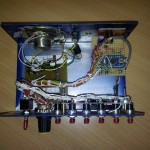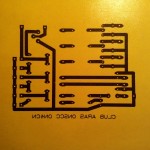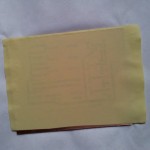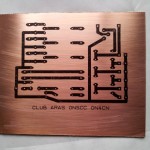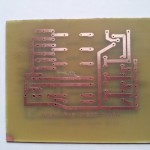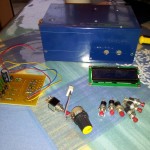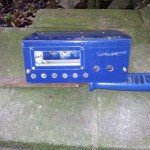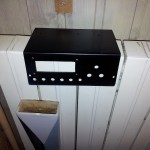- CW speed adjustable from 1 to 999 WPM
- Up to six selectable transmitter keying lines
- Programming and interfacing via USB port (“command line interface”)
- USB or PS2 Keyboard Interface for CW keyboard operation without a computer
- Logging and Contest Program Interfacing via K1EL Winkey 1.0 and 2.0 interface protocol emulation
- Optional PTT outputs with configurable lead, tail, and hang times
- Optional LCD Display – Classic 4 bit mode , Adafruit I2C RGB display or YourDuino I2C LCD Display
- Up to 12 memories with macros
- Serial numbers
- CW keyboard (via a terminal server program like Putty or the Arduino Serial program)
- Speed potentiometer (optional – speed also adjustable with commands)
- QRSS and HSCW
- Beacon / Fox mode
- Iambic A and B
- Straight key support
- Ultimatic mode
- Bug mode
- CMOS Super Keyer Iambic B Timing
- Paddle reverse
- Hellschreiber mode (keyboard sending, memory macro, beacon)
- Farnsworth Timing
- Adjustable frequency sidetone
- Sidetone disable / sidetone high/low output for keying outboard audio oscillator
- Command mode for using the paddle to change settings, program memories, etc.
- Keying Compensation
- Dah to Dit Ratio adjustment
- Weighting
- Callsign receive practice
- Send practice
- Memory stacking
- “Dead Operator Watchdog”
- Autospace
- Wordspace Adjustment
- Pre-configured and Custom Prosigns
- Non-volatile storage of most settings
- Modular code design allowing selection of features and easy code modification
- Non-English Character Support
- CW Receive Decoder
- Rotary Encoder Speed Control
- Sleep Mode
- USB Mouse Support
- Mayhew LED Ring Support
- Alphabet Sending Practice
- QLF / “Messy” Straight Key Emulation
- USB Keyboard HID (Human Interface Device) Interface (Keyer = keyboard for your computer)
|


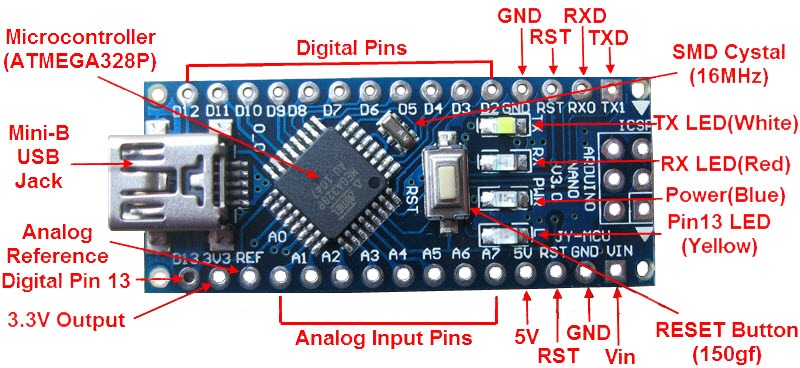
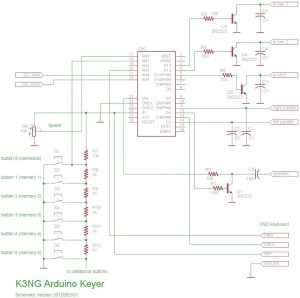
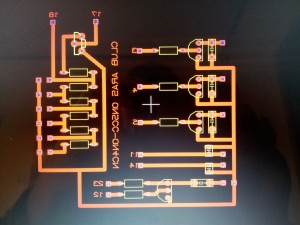
 ICI.
ICI.


